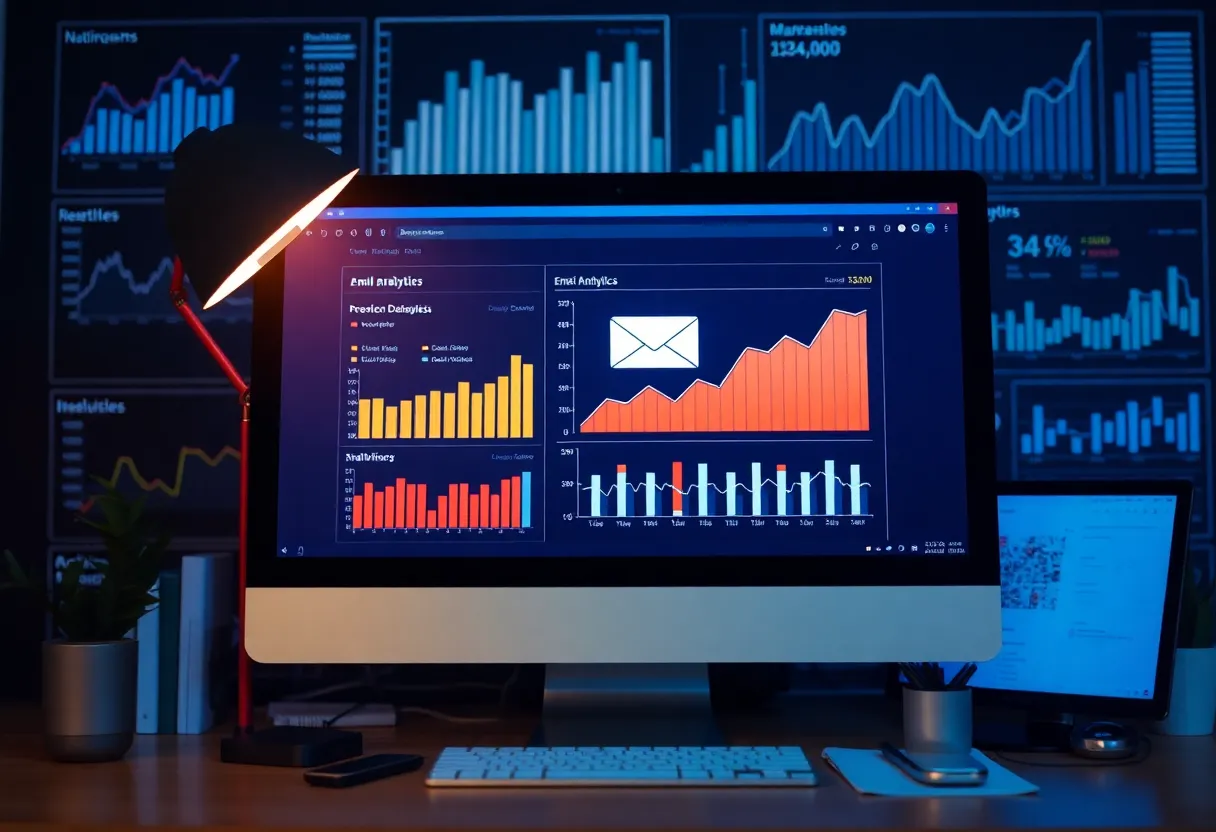How Can You Use Email Analytics to Boost Your Digital Marketing Strategy?
Email marketing remains a cornerstone of digital marketing efforts, offering a direct channel to engage with customers. However, to achieve optimal results, businesses must leverage email analytics strategically. This article delves into how you can use email analytics to enhance your digital marketing strategy effectively.
The Importance of Email Analytics
Email analytics allows businesses to track and measure key performance indicators (KPIs) related to email campaigns. The insights gained can drive decision-making, optimize engagement, and ultimately boost conversion rates. Understanding these metrics is critical to refining your marketing strategy and achieving your business goals.
Key Metrics to Track
To utilize email analytics effectively, it’s essential to focus on the following metrics:
- Open Rate: This percentage indicates how many recipients opened your email. A low open rate suggests your subject lines may need improvement.
- Click-Through Rate (CTR): This measures the percentage of users who clicked on a link within the email. A higher CTR indicates your content resonates with the audience.
- Conversion Rate: This tracks the percentage of recipients who completed a desired action after clicking through. It shows the overall effectiveness of your email marketing strategy.
- Bounce Rate: This percentage identifies emails that were not successfully delivered. A high bounce rate may suggest issues with your email list quality.
- Unsubscribe Rate: Monitoring how many subscribers opt-out can provide insights on content relevance and customer satisfaction.
Using Data to Enhance Campaigns
To get the most out of these analytics, businesses should employ data-driven strategies. Below are several methods to enhance email marketing campaigns:
1. A/B Testing
A/B testing involves sending two variations of an email to small audience segments. Evaluate which version performs better based on specific metrics such as open or click-through rates. This practice allows businesses to optimize subject lines, content, and even layouts based on empirical data.
2. Segmenting Your Audience
Analytics help in understanding customer preferences. By segmenting your email list based on behavior, demographics, or past purchase history, you can create personalized emails that speak directly to each audience segment. Personalized communication can lead to significantly higher engagement rates.
3. Optimizing Send Times
An understanding of when your audience is most likely to engage can enhance campaign effectiveness. Utilizing analytics allows businesses to determine optimal send times based on past data, rather than guessing. Timing is often crucial for achieving higher open rates.
4. Content Analysis
Tracking which topics or offers have generated the most engagement enables better content creation. Align future emails with subjects that have performed well, ensuring your messaging remains relevant and appealing.
Integration with Other Digital Marketing Strategies
Effective use of email analytics does not operate in isolation; it should work in tandem with other marketing strategies. Here’s how:
1. Social Media Alignment
Utilize email analytics to ascertain content that resonates well on social media. Amplify successful email campaigns through social channels to increase overall reach.
2. Website Behavior Tracking
Integration with website analytics tools can offer insights into actions taken by users after they click on email links. Understanding this behavior can further refine marketing funnels and increase conversion rates.
3. Customer Relationship Management (CRM) Systems
Linking email analytics with your CRM system allows for a comprehensive view of customer interactions across different platforms. This enables better audience segmentation and fine-tuning of email content.
Continuous Improvement
Utilizing email analytics is not a one-time act; it’s an ongoing cycle of refinement and learning. Regularly review performance metrics and incorporate findings into future campaigns.
1. Feedback Loops
Incorporate feedback mechanisms in your emails, such as surveys or quick polls, to gain insights into subscriber preferences directly from your audience.
2. Learning from Failures
If certain campaigns underperform, analyze the metrics to pinpoint why. Address issues and apply these learnings to future email strategies.
Conclusion
Email analytics provide invaluable insights that can significantly enhance digital marketing strategies. By focusing on key performance metrics, employing data-driven tactics, and integrating insights with broader digital marketing efforts, businesses can cultivate more effective campaigns that drive engagement and conversions. Continuous refinement based on performance data ensures your email marketing remains relevant and impactful in an ever-evolving digital landscape.








